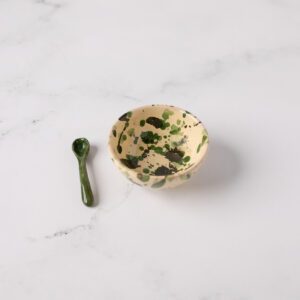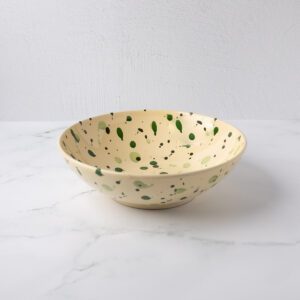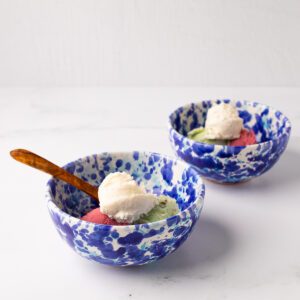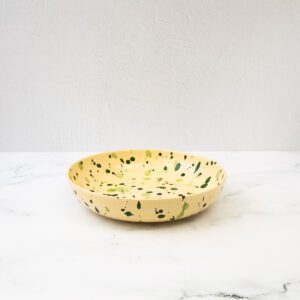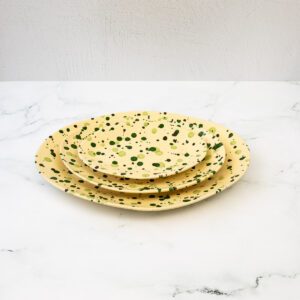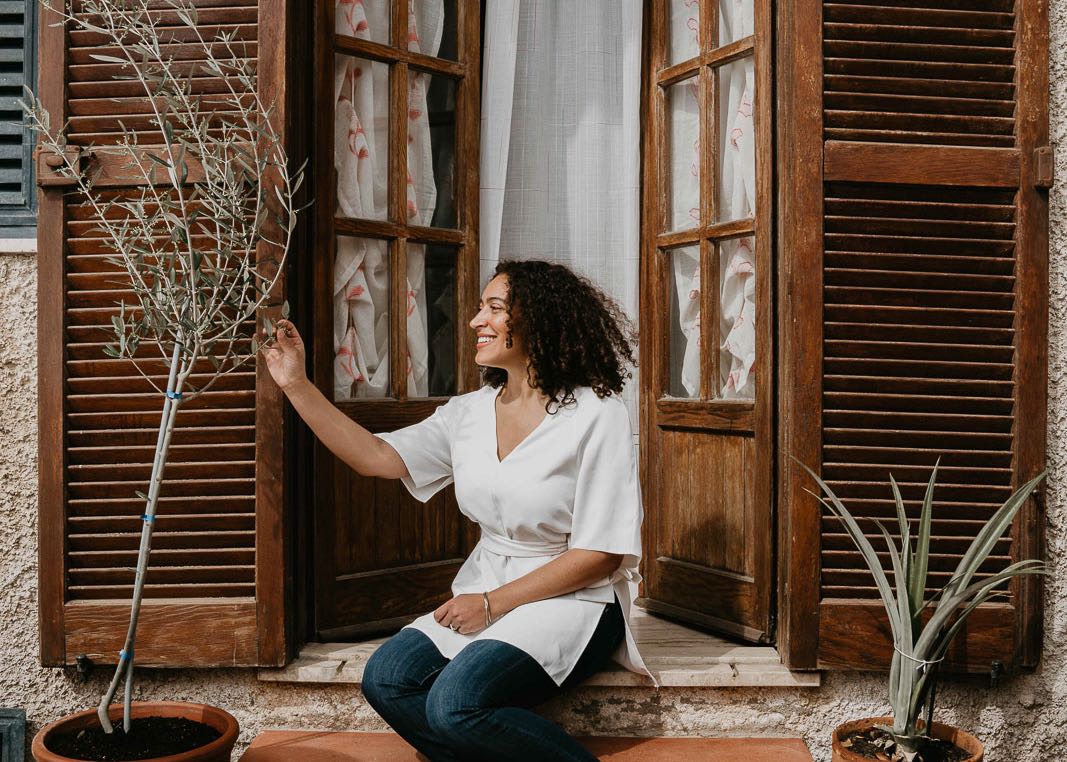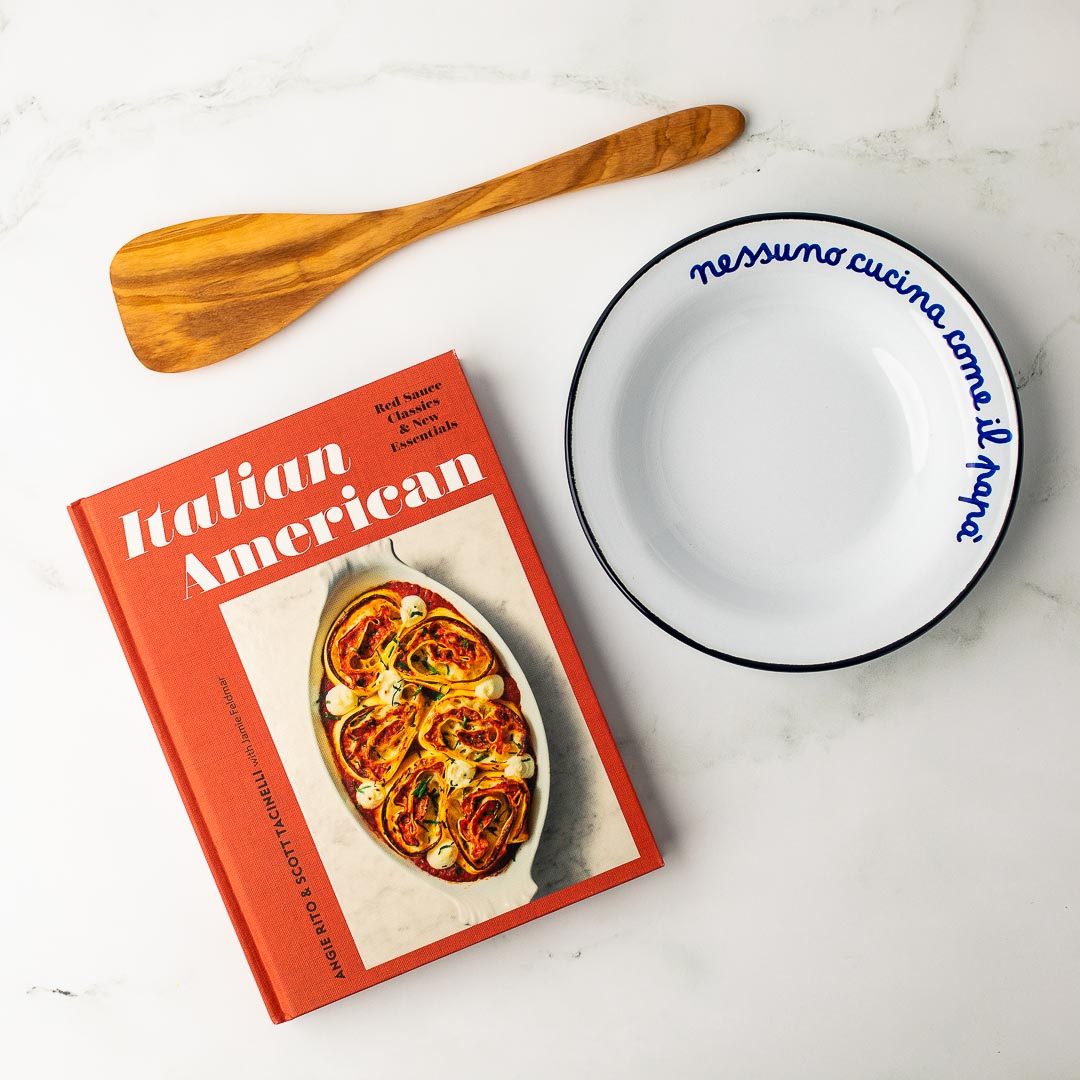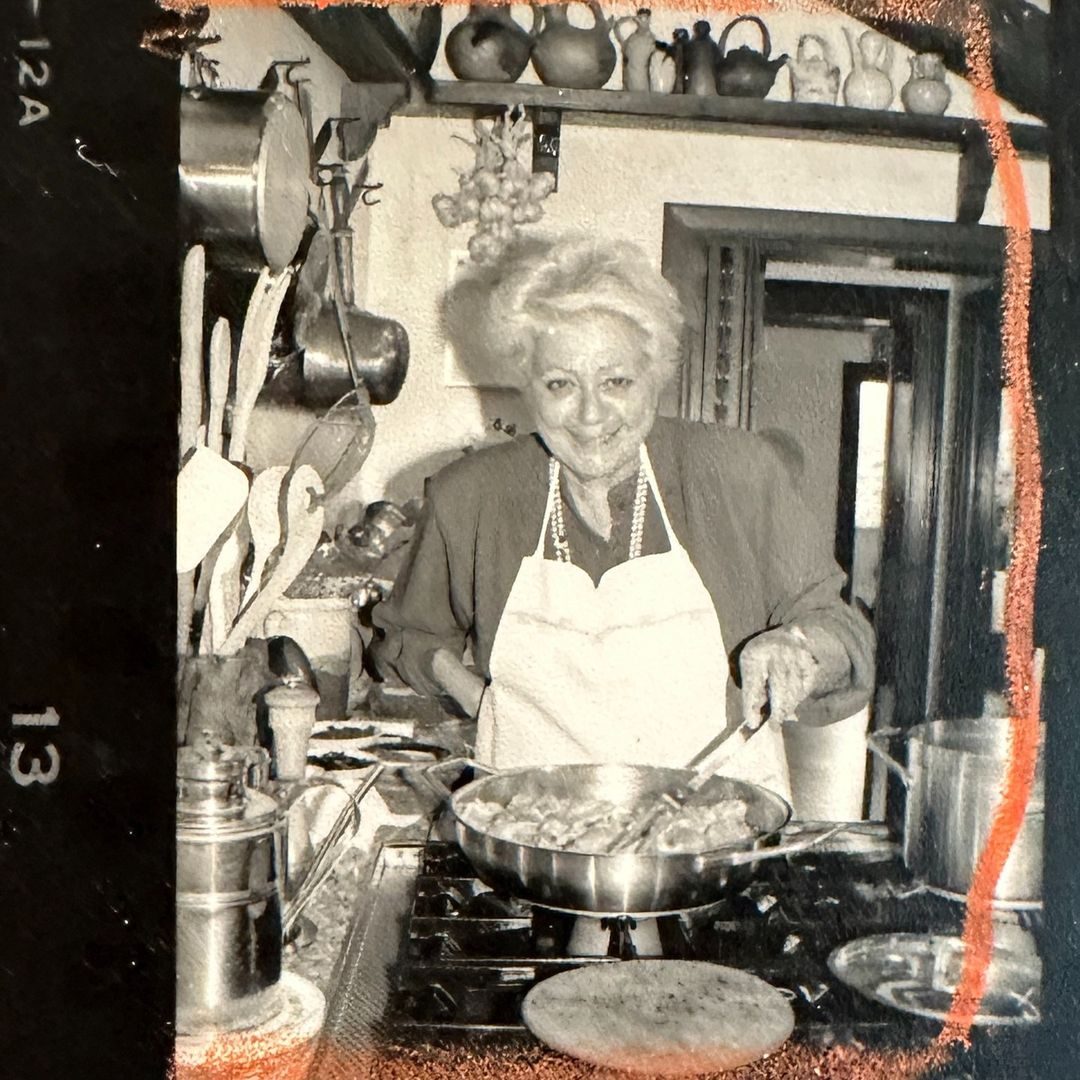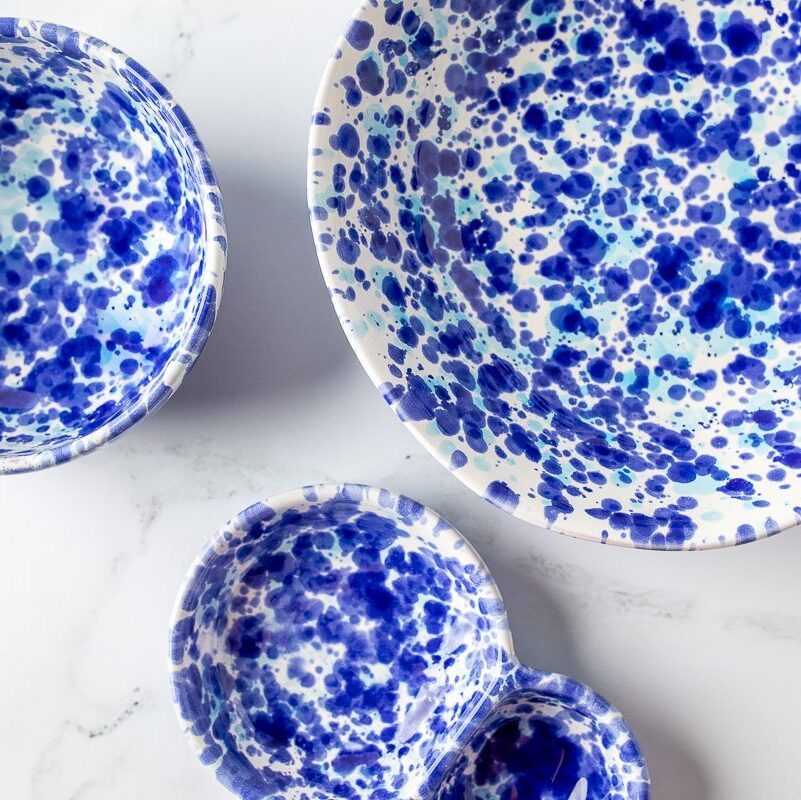
Behind the Scenes with Tuscan Splatterware Ceramicist Giulio Lucarini
Once upon a time, we dreamed of carrying splatterware (also known as spatterware) ceramics in our shop. The colorful bursts of paint, rustic yet modern at the same time, felt as though they belonged in our hands, in our kitchens, and at our tables. After searching, testing, and searching again, we finally came across Cortona-based splatterware ceramicist Giulio Lucarini.
Well, actually, it was Jennifer Perez we came across first! Jennifer, a Canadian-born artist living in Cortona, Tuscany, has a shop called IVO Angel which specializes in rare and vintage Italian things. She’s been working closely with Giulio for years, selling his handmade ceramics in her online store. Jennifer not only helped us create the vision for our Adriatico Splatterware collection but also worked closely with Giulio to develop the colors and dimensions of each piece.
We sat down with Jennifer to learn more about Giulio and his splatterware-making process.
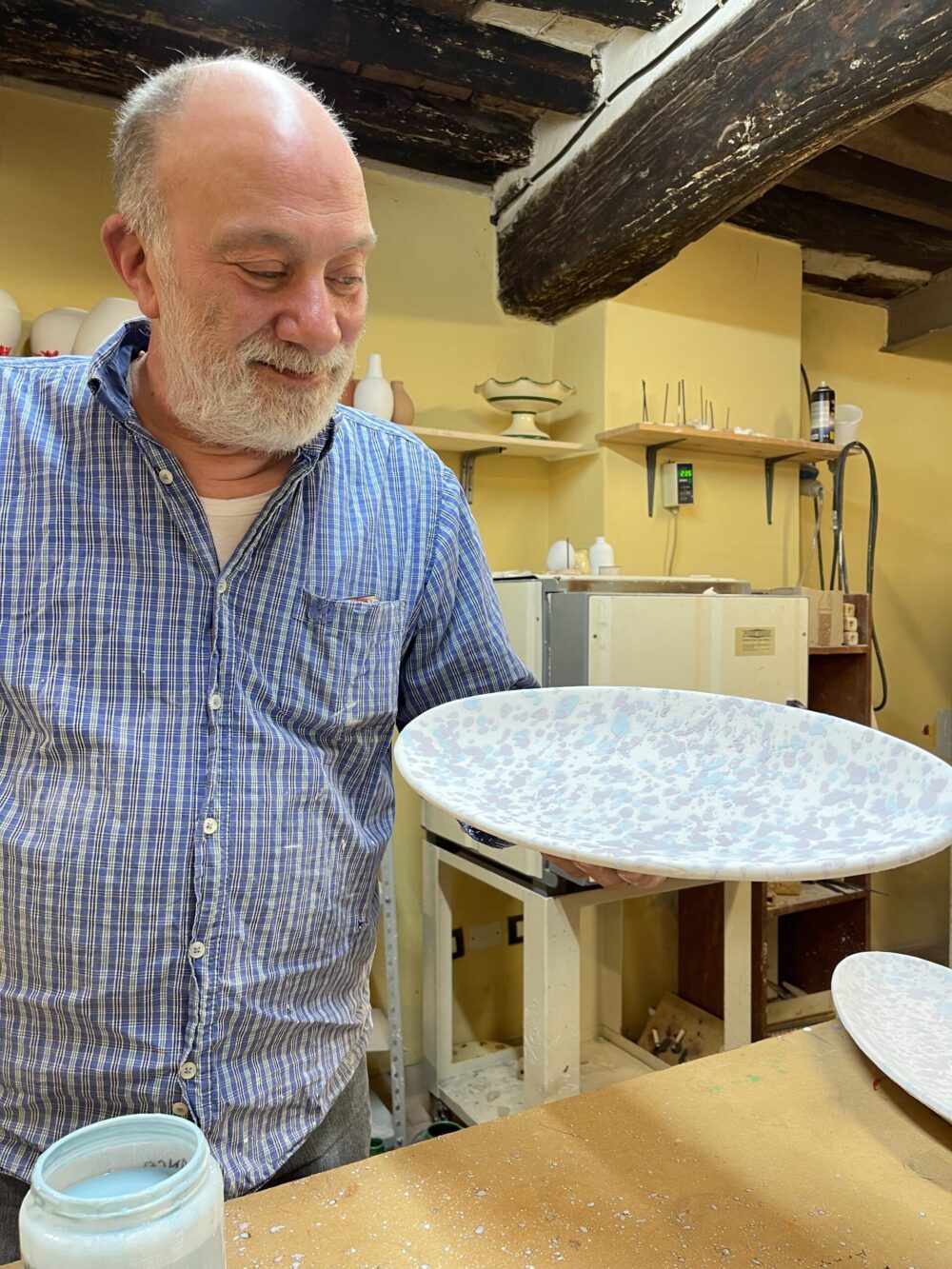
Giulio Lucarini holds his finished barchetta platter before it goes into the kiln.
How long has Giulio been making ceramics?
Giulio’s journey with clay began when he was just 18 years old. He has been working in the same studio space his whole career, a two-story studio just off the main street in Cortona. Walking inside his doors you enter a true Italian cantina, surrounded by stone walls and a stone floor. His studio is full of love and memories and pictures on the wall of moments in his life that were important to him.
He does everything himself from start to finish: from wheel throwing to painting to kiln firing.
Could you briefly outline the steps Giulio takes to make each piece? How long does each step take?
Each piece of ceramic is created from the ground up.
First, the ceramics are made from red clay, the typical clay used in Tuscan ceramic tableware. The clay is a dark gray color when thrown and wet. Then once the piece is made it needs time to dry completely, which then turns to a light powder gray and is called ‘bone dry.’ This happens before the first firing and usually takes 3 to 7 days depending on the size of the piece and the climate outside.
After the first firing, the clay turns to terracotta and is called bisque (or biscotto in Italian, which means “twice cooked”). Now the piece is ready to be glazed and decorated.
The bisque is then dipped into a glaze which will serve as the base color of the piece. The glaze coat then needs to fully dry before decorating, a process that takes 1 to 3 days (again depending on the climate and the size of the piece).
After the glaze is dry the pieces are ready to be splattered.

All of Giulio’s splatters are done by hand (other splatters are done with an airbrush which results differently). Giulio’s splatters are very personal. I have seen other artisan’s splatters and it is not completely random. It’s a rhythm and the artist must consider how much paint is on the brush, where they splatter, the size of the brush, and the type of brush.
Giulio’s pigments are mixed by hand and are all lead-free, which is very important for ceramics used for alimentari (food) purposes.
Once the pieces are decorated they are ready for the last firing which takes another 12 hours.
What material does Giulio use for the ceramic itself? Terracotta?
All of Giulio’s clay is 100% from the Montelupo area in Tuscany. After the first firing, it becomes terracotta, or cooked earth, with the characteristic burnt orange color.
Tell us more about the brush he uses to flick the paint on. What is it made of? Is this traditional to the splatterware industry?
Giulio uses all kinds of brushes depending on his mood that day! His brushes are all-natural hair pottery brushes. He also uses twigs made from sprigs of heather (rametti di erica) collected from Cortonese mountains. Giulio’s favorite spot is called Sant’Egidio and Ginezzo.
Traditionally, ceramic artisans would use many different techniques to splatter, whatever they could find, some even their fingers.
Learn more and shop the exclusive Adriatico Splatterware Collection by Giulio Lucarini.
Post a Comment
You must be logged in to post a comment.


